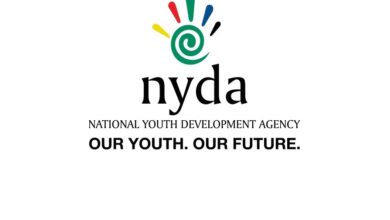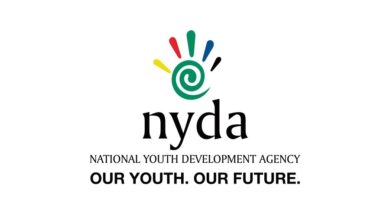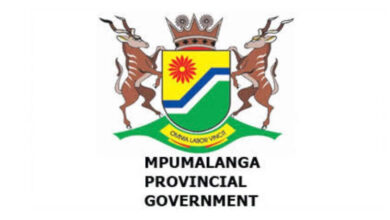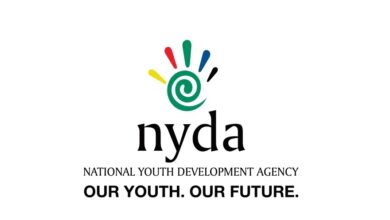Young people – New AIDS Targets?


Know about UNAIDS, the joint Action for results: UNAIDS Outcome Framework 2009 – 2011 represents a new and more focused commitment to the HIV response. The platform for moving towards UNAIDS vision of Zero new HIV Infections, Zero discrimination and Zero AIDS-related death and also the Implementation of UNAIDS 2011-2015 strategy.
Around the world 5.4 million adolescents and young people between the ages of 10 and 24 are living with HIV. In 2008, young people accounted for 40% of all new HIV infections in 15-49 year olds. Almost 3000 young people are infected with HIV each day. Globally, the proportion of young people getting tested for HIV is very low. Today, with treatment, people living with HIV can lead healthy and fulfilling lives. All Young people have the right to know how to stay safe from HIV, the right to HIV services and the right to live with dignity. Status, you can make informed decisions about the future. This includes accessing essential HIV services and treatment if needed. HIV testing is voluntary, confidential and in many countries you can get the results the same day.
Young people are at high risk of becoming infected with HIV for many reasons, including:
• Young people, especially young women, are vulnerable due to their age, gender and other contextual factors. The HIV epidemic has taken a particularly devastating toll on the lives of young women, who account for 66% of infections among young people worldwide. The vast majority of these infections among young women occur in sub-Saharan Africa.
• The ability of young women to protect themselves from HIV is frequently compromised by a combination of biological factors, lack of access to HIV information, services and commodities, and disempowering, often exploitive, social, cultural and economic conditions. Factors that contribute to young women’s vulnerability to HIV include sexual coercion, gender-based violence, age-disparate and transactional sex, inadequate law enforcement, weak family and social protection mechanisms and financial insecurity. Some of these factors affect young men as well, compelling many young people, regardless of sex, to make difficult and risky choices.
• Other behaviours that put young people at risk of HIV – including injecting drugs, sex work and male-to-male sex – are often stigmatized and illegal in many countries, making it more difficult for young people to find, or be reached by, essential HIV prevention and treatment services. Complicating matters even further, young people who engage in these behaviours often experience more stigma, discrimination and social exclusion than adults engaging in the same practices.
Young people already living with HIV need targeted public health efforts that address their unique needs. More than 4.3 million young people worldwide are believed to be living with HIV and a majority of them are unaware of their HIV status. Testing for HIV, together with quality pre- and post-test counseling and support, is needed for young people who are infected with HIV to access HIV treatment, care and support.
Many young people who know their HIV status often fail to access the health and social services they urgently need, from fear of stigma or judgement or concern that their HIV status will be disclosed to others. To allay such fears, young people need comprehensive and correct information to support them in managing the knowledge of their HIV status, as well as their emerging sexualities, sexual orientations and reproductive choices. Governments, civil society, youth organizations, service providers and networks of people living with HIV must also be sensitized to the complex and constantly evolving needs of young people and service providers must ensure that stigma is addressed and confidentiality is maintained.
SOURCE BY: UNAIDS




